Mushroom Identifier
Use our online Mushroom Identifier for fast, accurate Mushroom Identification. Upload photos from multiple angles to get instant results, including critical Toxicity Warnings and Similar Species Alerts.
Tap to upload photos
0/4 photos • JPG, PNG • Max 10MB each
For best results, capture these angles:
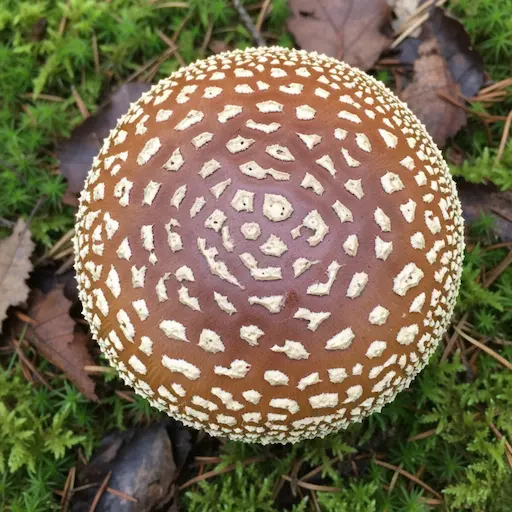
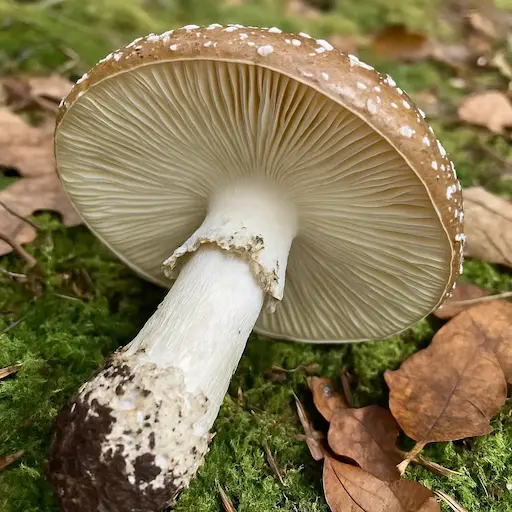
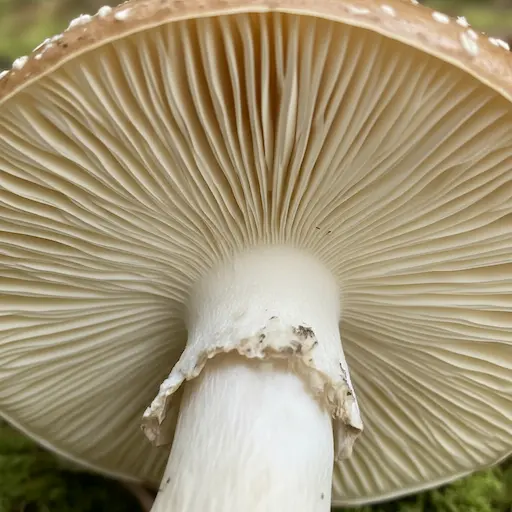
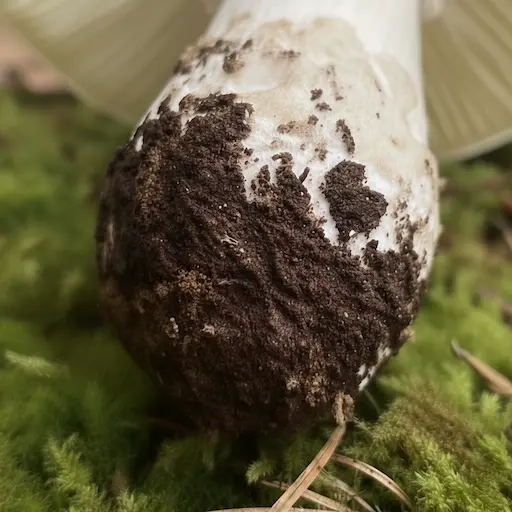
Helps provide region-specific mushroom identification and local emergency contacts
Choose your preferred language for mushroom identification results
Free users: 0 identifications left, no login required.
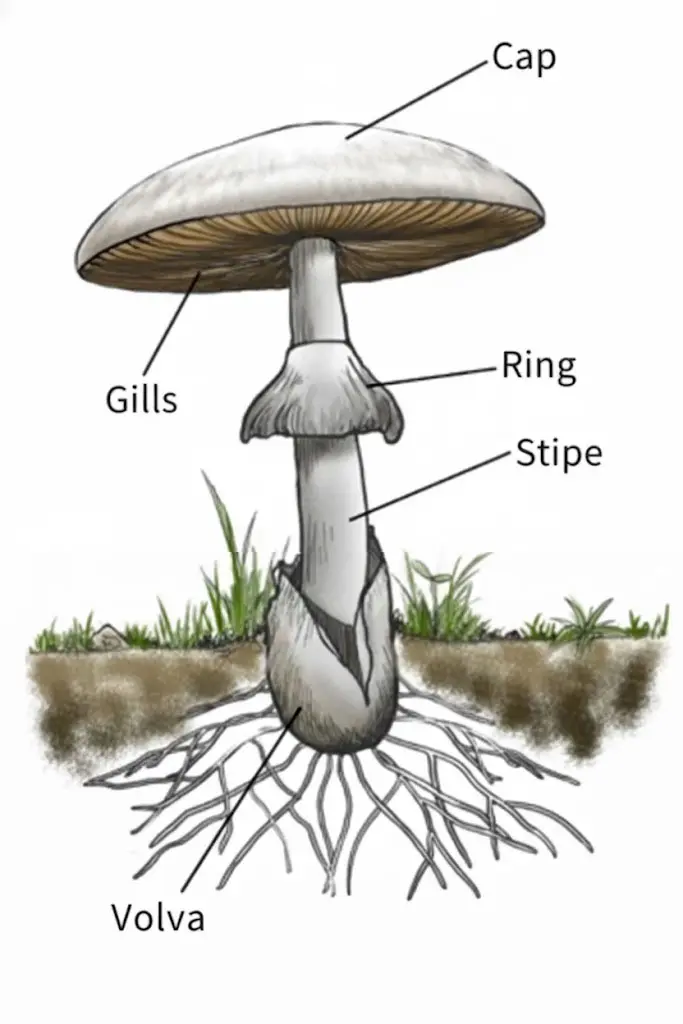
Your mushroom identification results will appear here
Safe & Accurate
Mushroom Identification
Professional mushroom identifier using advanced AI technology. Get instant, expert-level mushroom identification with critical safety warnings and toxicity alerts to help you feel more secure in the field.
Toxicity Warnings
Comprehensive toxicity warnings and similar species alerts
Smart Identification
Advanced machine learning for precise mushroom identification
Global Coverage
Supports mushroom identification across multiple regions worldwide
How Our Mushroom Identifier Works
Our advanced mushroom identification system uses AI to analyze your photos and provide comprehensive safety information in seconds.
1. Upload Photos
Take photos from multiple angles: top, side, gills/pores, and stem base for accurate mushroom identification
2. AI Analysis
Our mushroom identifier analyzes your images using AI’s world knowledge, multimodal image understanding, and expert species databases.
3. Get Results
Receive detailed mushroom identification with species name, characteristics, and habitat information
4. Safety Alerts
Critical toxicity warnings, similar species alerts, and emergency contact information for safe foraging
Advanced Mushroom Identification Features
Our comprehensive mushroom identifier provides everything you need for safe and accurate species identification.
Toxicity Warnings
- Poison severity levels
- Symptom descriptions
- Emergency protocols
Similar Species Alerts
- Visual comparisons
- Key differences
- Risk assessments
Multi-Angle Analysis
- Cap surface analysis
- Gill/pore examination
- Stem base inspection
Global Species Database
- Regional variations
- Seasonal patterns
- Habitat information
Emergency Contacts
- Emergency numbers
- Regional poison centers
- First aid guidance
Detailed Profiles
- Scientific names
- Morphological features
- Economic value
Why Our Mushroom Identifier Is Safer
Safety is our top priority. Our mushroom identification system includes multiple layers of protection to keep foragers safe.
Multi-Level Toxicity Warnings
Our mushroom identifier provides detailed toxicity information, including severity levels, symptoms, and first aid information for every potentially dangerous species.
Look-Alike Species Database
Comprehensive database of similar-looking mushrooms with clear visual comparisons and key identifying features to prevent dangerous misidentification.
Emergency Response Integration
Instant access to local poison control centers and emergency protocols based on your geographic location for immediate assistance.
Common Dangerous Look-Alikes
Death Cap vs. Puffball
Young death caps can resemble edible puffballs. Our mushroom identifier highlights the critical differences in gill structure and stem characteristics.
False Chanterelle vs. Chanterelle
These species are easily confused. Our system identifies the key differences in gill structure and coloration patterns.
Destroying Angel vs. Button Mushroom
Young destroying angels can look similar to common edible mushrooms. Our AI detects subtle but critical identifying features.
Why Choose Our Mushroom Identifier
Compare our advanced mushroom identification features with traditional methods and other tools.
| Feature | Mushroom Identifier | Traditional Guides | Other Apps |
|---|---|---|---|
| AI-Powered Identification | Manual | Basic | |
| Toxicity Warnings | Limited | ||
| Similar Species Alerts | Manual | Rare | |
| Multi-Angle Analysis | Manual | Single Photo | |
| Emergency Contacts | None | None | |
| Real-time Results | Slow | Variable | |
| Global Species Coverage | Regional | Limited |
Frequently Asked Questions About Mushroom Identification
Get answers to common questions about our mushroom identifier and safe foraging practices.
How accurate is the mushroom identifier?
Our AI-powered mushroom identification system achieves over 95% accuracy for common species. However, we always recommend using multiple identification methods and consulting experts for critical decisions, especially regarding edibility.
Can I use the mushroom identifier offline?
Currently, our mushroom identifier requires an internet connection to access our AI processing servers, AI’s world knowledge, and comprehensive species database.
What should I do if I accidentally ate a poisonous mushroom?
Immediately contact emergency services or poison control. Our app provides instant access to local poison control centers. Do not induce vomiting unless instructed by medical professionals. Save samples of the mushroom for identification.
How many photos should I take for mushroom identification?
For best results, take 3-4 photos: top view of cap, side profile, gills/pores underneath, and stem base. Multiple angles help our AI provide more accurate mushroom identification.
Does the mushroom identifier work worldwide?
Yes, our database covers mushroom species from North America, Europe, Asia, and Australia. Regional variations and local species are continuously added to improve identification accuracy in different geographic areas.
Can beginners safely use this mushroom identifier?
Our mushroom identifier is designed with safety-first features including comprehensive toxicity warnings, similar species alerts, and emergency contacts. However, we recommend taking a foraging course for hands-on learning.
How can I tell if a mushroom is poisonous?
Our AI system analyzes key visual features like cap shape, gill structure, stem characteristics, and spore prints to identify potentially toxic species. Look for warning signs like white gills on dark caps, bulbous stem bases, or ring patterns that match known poisonous varieties.
How do I identify a mushroom I found?
Simply upload clear photos of your mushroom from multiple angles using our identification tool. Our AI will analyze the images and provide detailed species information, toxicity warnings, and similar species comparisons to help you feel more secure in the field.
Can you take a picture to identify a mushroom?
Yes! Our advanced image recognition technology can identify mushrooms from photographs. Take clear, well-lit photos showing the cap, gills, stem, and base. The more detail visible in your photos, the more accurate our identification will be.
What is AI Mushroom Identification?
AI Mushroom Identification is a smart tool that uses AI’s world knowledge, multimodal image understanding, and expert mycology to identify mushroom species from photos with speed and accuracy.
Common Similar Species Our Mushroom Identifier Distinguishes
Learn about frequently confused mushroom pairs and how our AI identifies critical differences for safe foraging.
Death Cap vs. Puffball
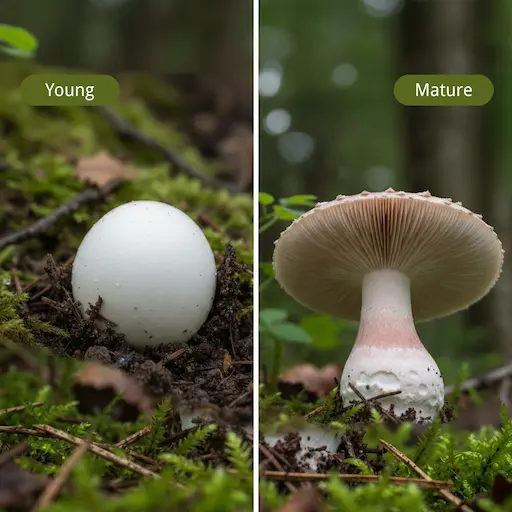
Death Cap (DEADLY)
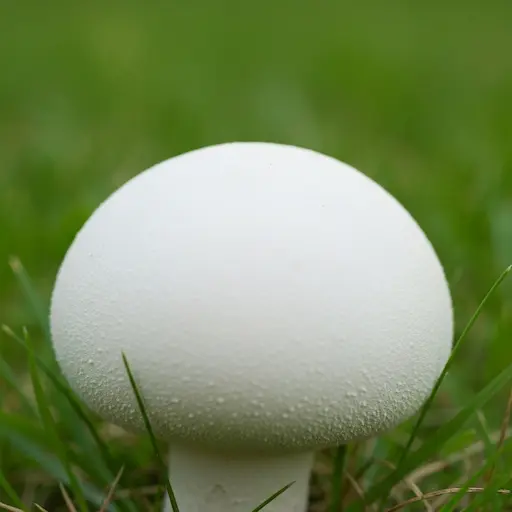
Puffball (SAFE)
Death Cap (DEADLY)
- • Visible gills underneath
- • Distinct stem and cap
- • Bulbous stem base
- • White spore print
Puffball (SAFE)
- • No gills or stem
- • Solid white interior
- • Round, ball-like shape
- • Attached to ground
Our mushroom identifier detects gill structure and stem characteristics to prevent this deadly confusion.
False Chanterelle vs. Chanterelle
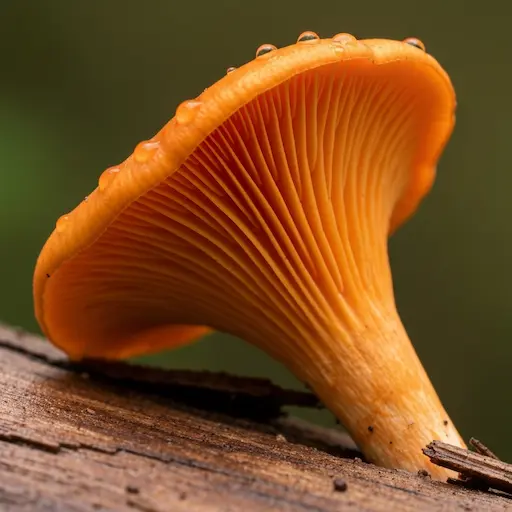
False Chanterelle
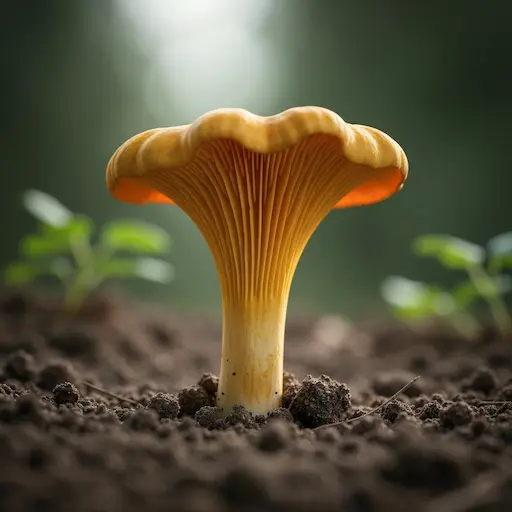
True Chanterelle (SAFE)
False Chanterelle
- • True gills (thin, sharp)
- • Darker orange color
- • Hollow stem
- • Grows on wood
True Chanterelle (SAFE)
- • Forked ridges (not gills)
- • Golden yellow color
- • Solid stem
- • Grows from soil
Our AI analyzes gill structure and color patterns to distinguish these similar-looking species.
Destroying Angel vs. Button Mushroom
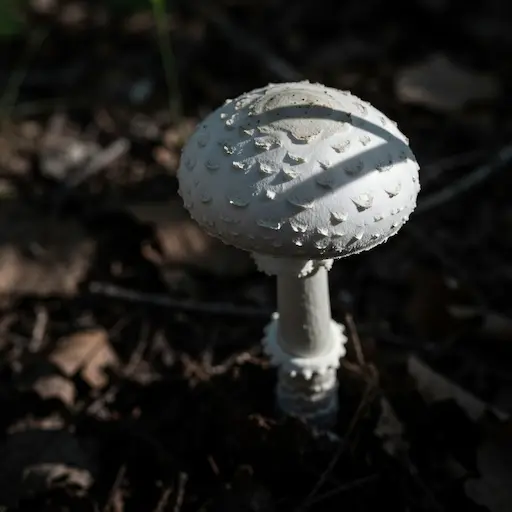
Destroying Angel (DEADLY)
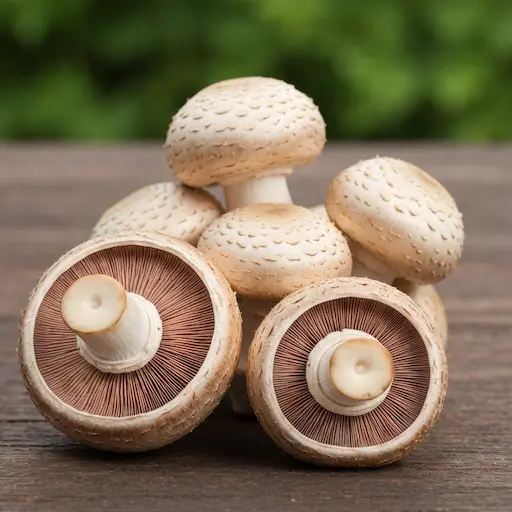
Button Mushroom (SAFE)
Destroying Angel (DEADLY)
- • Pure white throughout
- • Bulbous stem base
- • Ring around stem
- • Grows from ground
Button Mushroom (SAFE)
- • Pink to brown gills
- • No bulbous base
- • Cultivated appearance
- • Found in stores/farms
Our mushroom identifier checks gill color, stem structure, and growing environment for safety.
Jack O'Lantern vs. Oyster Mushroom
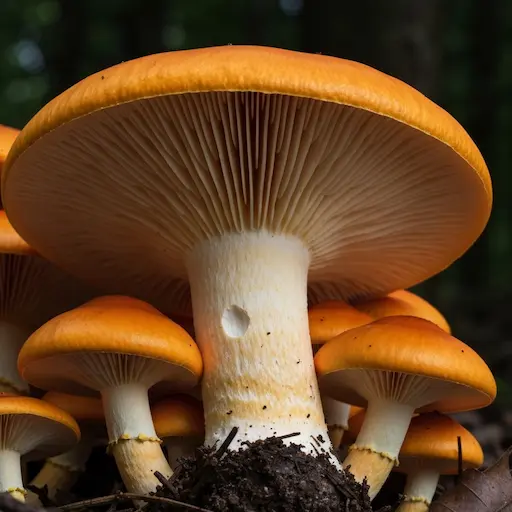
Jack O'Lantern (TOXIC)
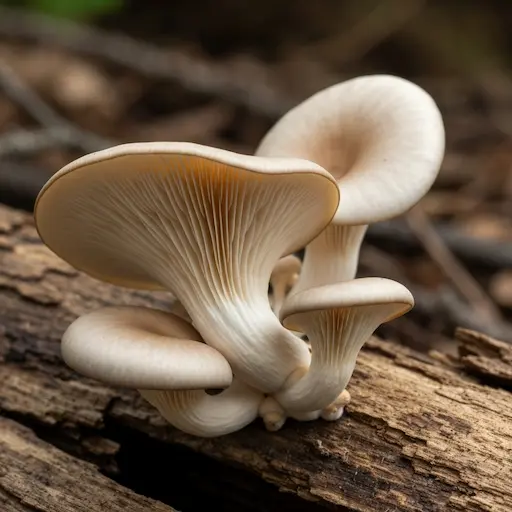
Oyster Mushroom (SAFE)
Jack O'Lantern (TOXIC)
- • Bright orange color
- • True gills
- • Grows in clusters
- • Glows in dark (rare)
Oyster Mushroom (SAFE)
- • White to tan color
- • Decurrent gills
- • Fan-shaped cap
- • Grows on dead wood
Our AI identifies color variations, gill attachment, and growth patterns to prevent confusion.
Safety First with Mushroom Identification
Our mushroom identifier uses advanced AI to detect these subtle but critical differences. When in doubt, never consume wild mushrooms without expert verification.
Start Safe IdentificationStart Identifying Mushrooms Safely Today
Join thousands of foragers who trust our AI-powered mushroom identifier for safe and accurate species identification.
Important Safety Disclaimer
Mushroom Identifier is for educational and reference purposes only and is not a substitute for identification by a trained expert.
Critical Warning
Never consume a wild mushroom unless you are 1000% certain of its identity. Misidentification can result in serious illness or death.
Safety First
When in doubt, throw it out. Always consult with professional mycologists or experienced foragers before consumption.
This tool is designed to assist in mushroom identification for reference. It should never be the sole method used to determine the safety or edibility of any mushroom species. Always seek expert verification before making any consumption decisions.